BASKETBALL
Indiana Basketball: The Good, The Bad, and The Ugly from the Hoosiers non-conference schedule
Published
2 years agoon
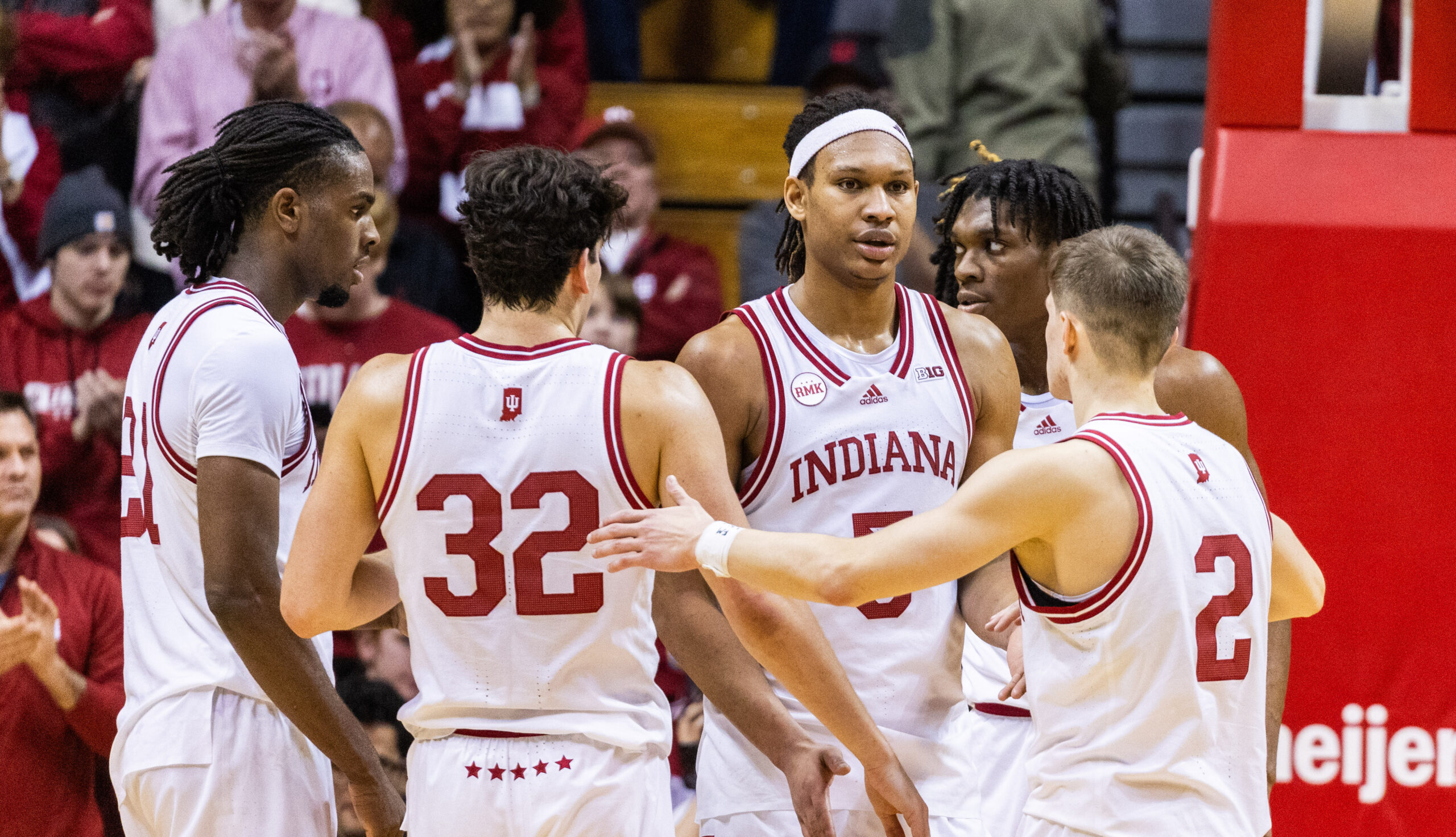
Indiana basketball is 12 games into the season and has played all but one of their non-conference games for the 2023-24 season.
The non-conference games have been a mixed bag for Indiana who sits at 9-3 (2-0 in Big Ten play) heading into their final non-conference game against Kennesaw State on Friday night. Some games
Indiana has looked like they are capable of beating every team in the country, but others the Hoosiers look like they could miss the NCAA Tournament entirely.
Below is the good, the bad and the ugly from Indiana basketball’s non-conference schedule.
The Good
After losing the leadership, scoring and size of Trayce Jackson-Davis and Race Thompson, Indiana basketball had a massive hole to fill in the front court this offseason.
Mike Woodson was able to land highly-touted transfer Kel’el Ware and despite some initial concerns about his motor and work ethic, Ware has been Indiana basketball’s best player through the early part of the season.
Ware is leading Indiana in scoring, rebounding and blocks, averaging 14.9 points, 8.9 rebounds and 1.5 blocks per game through the first 12 games of the season.
Alongside Ware, has been sophomore forward Malik Reneau who has taken a massive leap in his second year with Indiana basketball. After coming off the bench behind Jackson-Davis and Thompson in his first season, Reneau has emerged as one of the best players for Indiana basketball.
Reneau is averaging 14.8 points per game, 5.3 rebounds per game and 2.7 assists per game and he is second on the team in all three statistics.
What has made the pairing so lethal inside the paint for Indiana basketball has been their chemistry. Ware and Reneau have formed a ‘buddy ball’ duo that has driven the Hoosiers offense through the first months of the season.
“They’re playing well together,” Indiana basketball head coach Mike Woodson said after the win against Wright State. “When you talk about going against teams that got big bodies, they’ve got to play that way. We call it buddy ball. They’re really connecting in terms of making plays for one another, high-low plays. They both are extremely good passers with the basketball. They give passes. If you’re open they’ll give you the ball. You’ve just got to do something with it when you get it.”
The unselfish play of the bigs has opened up the offense for Indiana basketball and allowed them to dominate inside. Indiana is shooting 54.4 percent from inside the arc.
Indiana basketball’s lack of shooting has led to the team taking nearly 75 percent of their shots from inside the arc and the play of the ‘buddy ball’ tandem has helped lead their inside-focused attack.
As a result of their inside-focused attack, the Hoosiers have had great success getting to the free throw line. Indiana is currently averaging 24.6 free throw attempts per game which currently ranks 25th in the country.
Indiana basketball has seven players in their rotation who are averaging at least two free throws attempts per game. Their offense has gotten little from behind the arc so the ability to score in other ways and specifically their ability to get to the charity stripe have been a huge boost for Mike Woodson’s ball club.
The free throw attempts will likely improve when Xavier Johnson returns to the lineup from injury. In his first six games before his injury, Johnson was averaging five free throw attempts per game.
Indiana has had great success getting to the line all season, even without Johnson. Their ability to get to the line and attack the paint has been a big reason their offense has been competent without being a threat from distance.
Anthony Walker has been one of the biggest surprises for Indiana basketball this year. After only playing ten minutes per game a year ago with Miami, there were not a lot of expectations for him when he arrived at Indiana.
Walker has been the Hoosiers’ most consistent player off the bench and has given Indiana good minutes in big spots this year. In 15.3 minutes per game, Walker is averaging 7.4 points and 3.3 rebounds while shooting 55.6% from the field.
Against Morehead State, Walker led the way off the bench with 18 points and 9 rebounds in the comeback win.
Mike Woodson has emphasized the importance of having a deep bench and Walker has been the most consistent guy coming off the bench for Indiana basketball all year.
The Bad
Indiana basketball’s ability to get to the free throw line has been a huge strength but their inability to consistently make their free throws has hurt the Hoosiers. Indiana is currently shooting 68.5% from the free throw line which ranks 262nd in the country.
Outside of Mackenzie Mgbako who has gone 34-of-36 from the line and Xavier Johnson who is 24-of-30 from the line in six games, no other Hoosier is above 80% from the free throw line.
Senior guard Trey Galloway is currently 18-of-35 (51.4%) from the line. Galloway has never been a great free throw shooter but his percentage has gone down every year since he shot 73.7% as a freshman.
His current mark is a big drop from the 64.4 percent he shot from the line a year ago. Galloway is not the only Hoosier struggling from the free throw line, as Payton Sparks and Kaleb Banks are both shooting 30 percent from the line.
One of the biggest strengths for Indiana basketball has been getting to the free throw line, but until they can make their free throws more consistently, that strength won’t impact the game in the way that the Hoosiers need it to.
Another issue Indiana basketball has faced through their non-conference schedule has been defending the three-point line.
The Hoosiers are currently 207th in the nation in opponent 3-PT percentage, allowing their opponents to shoot 33.1 percent from beyond the arc. They have allowed ten or more made threes in five of the team’s first ten non-conference games of the season.
Indiana has especially struggled against quick guards like Harvard’s Malik Mack who torched Indiana with 27 points. Mack is not the only guard who has killed the Hoosiers.
Other guards like Morehead State’s Jordan Lathon were able to find success from beyond the arc against Indiana. Lathon scored 30 points and hit six threes in a one-point loss to the Hoosiers.
They have improved at defending the three-ball since the early part of the season which is why this falls into ‘the bad’ and not ‘the ugly’ category, but it is still a problem facing this team.
The lack of guard depth is another problem Indiana basketball has dealt with this season. Coming into the season this was one of the main concerns about the roster as Xavier Johnson, Trey Galloway and Gabe Cupps were the only true ball handlers on the roster.
Johnson’s injury has only highlighted the issue more as Indiana is down to only two guys capable of running the offense. As a result, Indiana has been forced to rely on freshman Gabe Cupps to play big minutes and run the offense.
While Cupps has been solid for the Hoosiers, they clearly need another ball handler especially when Galloway or Cupps gets into foul trouble.
Simply put, Indiana needs more from their guards. Trey Galloway has started to turn his season around after a slow start, but Indiana needs more than the 15 points the pair are averaging thus far.
Indiana has relied on their bigs so much and when they struggle they don’t have a consistent backup option to go to when they need offense.
Johnson’s return is expected to be sooner rather than later and that will hopefully be the boost the backcourt needs moving forward.
The Ugly
There is no way around it, Indiana basketball’s inability to shoot the ball from distance has been ugly.
Before their game against North Alabama, Indiana had yet to make more than six threes in a game or shoot above 40 percent from three in a game.
Three-point shooting was always a question mark coming into the season and the hope was Galloway, Mgbako and CJ Gunn would lead the way for Indiana behind the arc, but that has not been the case. All three have struggled from distance as not one of them is currently shooting above 30 percent from three on the year.
As a team, the Hoosiers are shooting 30.6 percentfrom beyond the arc which ranks 295th in the country. They currently sit at 361st in the country in attempts per game, taking 14.2 threes per game.
Indiana’s offense has become one-dimensional as a result of their inability to stretch the floor and has made them much easier to guard. As they head into conference play, the Hoosiers will need Mgbako, Gunn, Galloway and others to find something from three to help improve their offense.
The inability to dominate the rebounding battle has been a big surprise this season for Indiana basketball.
When looking at the roster, the abundance of size and athleticism stands out. In theory that should translate to a good rebounding team, yet the Hoosiers have only slightly out-rebounded their opponents through 12 games, 424-412.
That includes games against six mid-majors where the Hoosiers have had a significant size advantage. Indiana has relied on Kel’el Ware and Malik Reneau to carry them on the boards, but Woodson needs more from the surrounding guys.
“I think [rebounding] is a concern. A lot of it is because the three teams are really taking a lot of three-point shots against us, and long shots, long rebounds,” Woodson said about the rebounding struggles earlier this season. “Our guards, I can’t have my starting guards play 26, 28 minutes and get one rebound apiece. That just can’t happen.”
Indiana needs their guards to be more active on the glass, especially heading into Big Ten play. The size and physicality of the Big Ten will make the rebounding battle extremely difficult night-to-night and the Hoosiers cannot just rely on their bigs to carry them.
SEE ALSO: Trey Galloway’s on-ball playmaking providing critical development in offense for Indiana basketball
Make sure to follow Hoosier Illustrated, part of the Full Ride Network, on Twitter @Indiana_FRN, Facebook and YouTubeto stay up to date on all of the news, updates and coverage of Indiana University athletics. You can also listen to the Talking’ Bout the Hoosiers podcast on Spotify.
Drew Rosenberg is a staff writer for HoosierIllustrated.com and hosts 'The Talkin' Bout the Hoosiers Podcast' covering Indiana University athletics. Drew graduated from Indiana University's Sports Media program in 2024.

You may like
-
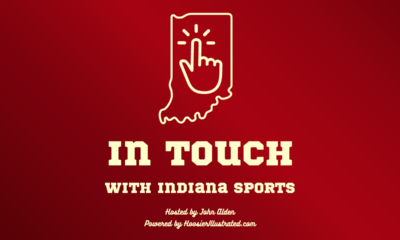

In Touch with Indiana Sports Ep.101 — Indiana basketball transfer portal targets, Fernando Mendoza fitting in with IU football, the 2025 Final Four is set, and more
-


Indiana basketball extends offer to 2027 prospect
-


In Touch with Indiana Sports Ep.100 — Indiana basketball & the transfer portal, Hoosiers eligible for offseason foreign trip, IU football’s projected win total, and more
-
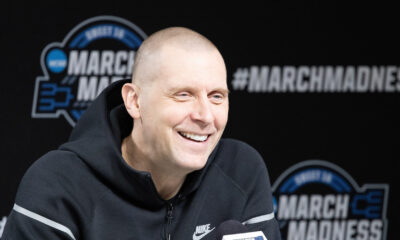

‘It’s great for college basketball’: Mark Pope back in Indianapolis and excited about renewal of IU basketball and Kentucky series
-
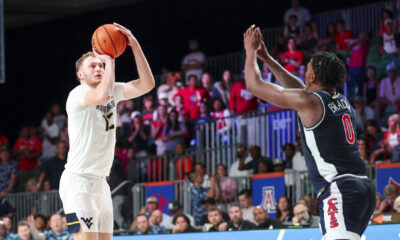

Where expected Indiana basketball transfer Tucker DeVries lands in early transfer portal rankings
-
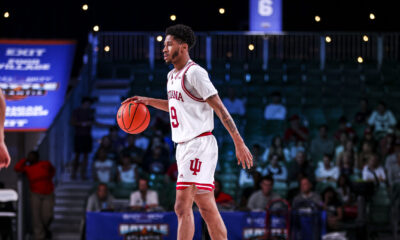

Indiana basketball guard Kanaan Carlyle leaving program and entering the transfer portal
